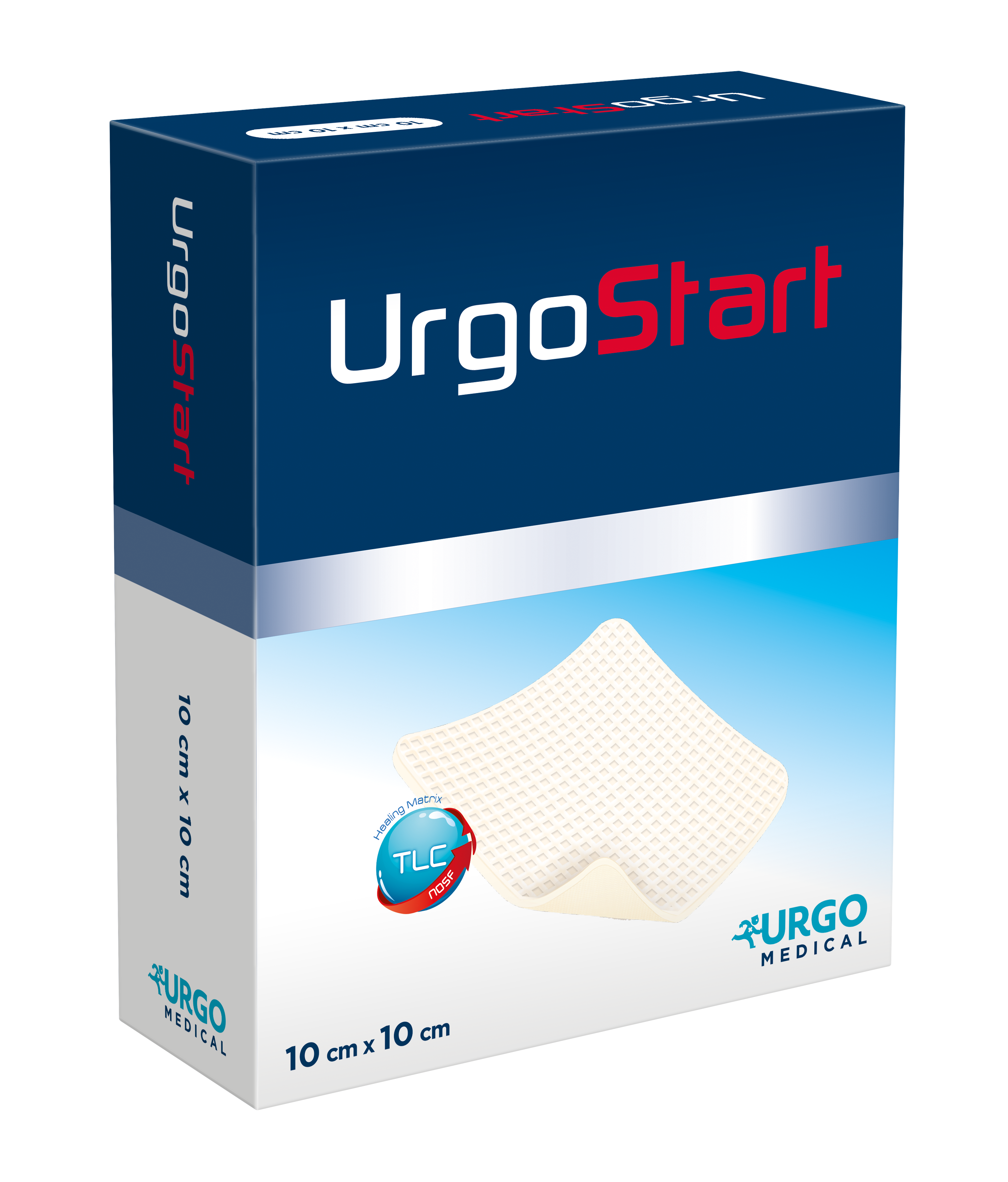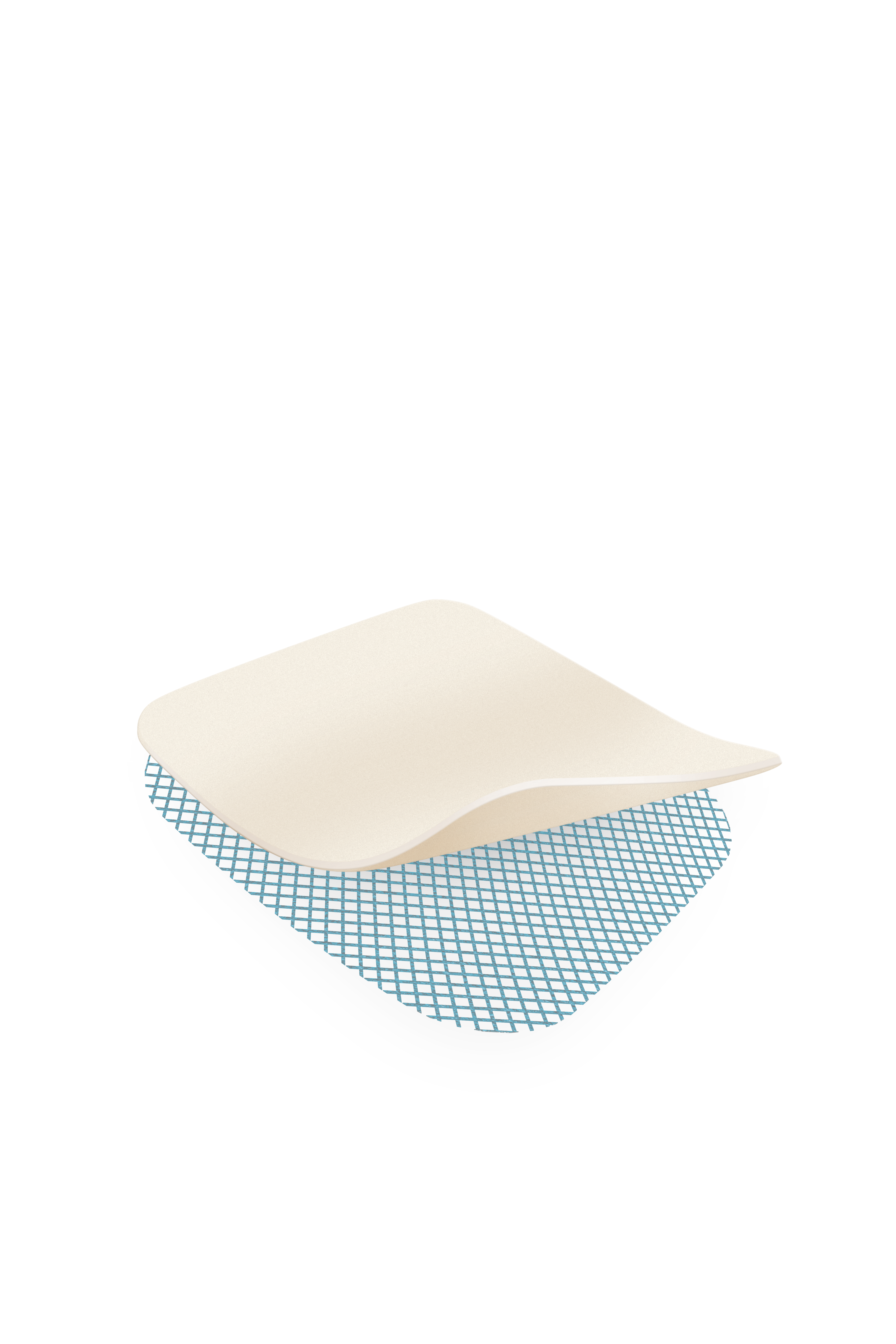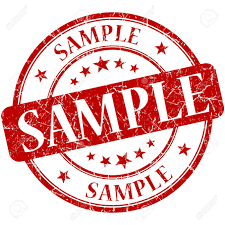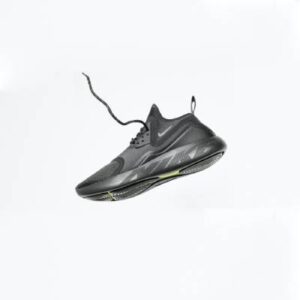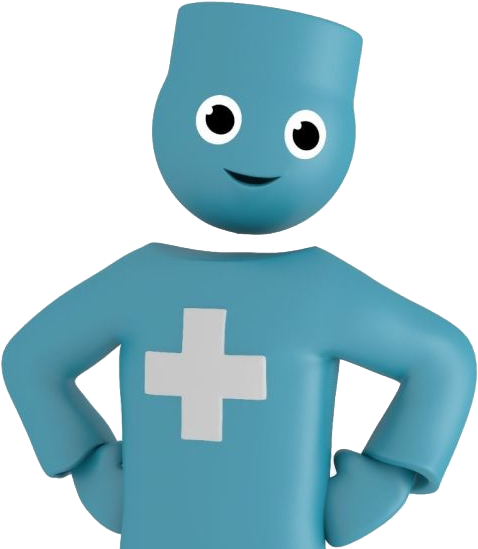$86.07
UrgoStart is a lipido-colloid foam dressing (hydrocellular type) with soft-adherent TLC-NOSF* Healing Matrix, a unique Technology developed by the Laboratoires Urgo.
Dressing Size
- 6×6 cm
- 10×10 cm
- 10×12 cm
- 13×12 cm
- 15×15 cm
- 15×20 cm
- 15×19 cm (Heel format)
Description
UrgoStart is a lipido-colloid foam dressing (hydrocellular type) with soft-adherent TLC-NOSF* Healing Matrix, a unique Technology developed by the Laboratoires Urgo.
UrgoStart is composed of:
- a soft-adherent TLC-NOSF Healing Matrix combined with an absorbent polyurethane foam pad
- a protective non-woven polyurethane backing
*TLC-NOSF: Technology Lipido Colliod- Nano Oligosacchairde factor (KSOS: Potassium ocatasulfate sucrose salt)
Features
- TLC-NOSF Healing Matrix
- Flexible polyester texted mesh which can be cut
Benefits
- Simple:
- Easy to implement into pathways
- Can be cut and conform to different wound types including cavity wounds.
- Absorbs and retains exudate while allowing the wound to breathe to reduce the chances of wound becoming macerated.
- Keeps moist coating integrity for painfree and one-piece removal during dressing changes.
- Effective:
- Effectively heals by reducing excess MMPs present in wound.
- Create a moist environment and stimulates fibroblasts proliferation to promote faster healing.
- Reliable:
- Efficacy proven by a robust pyramid of evidence which includes systematic reviews, RCT, observational studies and local case reports.
- Recommended by international guidelines including IWGDF (International Working Group for the Diabetic Foot) and NICE (National Institute for Health and Care Excellence in the UK).
Indications
- UrgoStart is indicated for low to moderately exuding leg ulcers, diabetic foot ulcers, pressure ulcers (and longstanding acute wounds). The UrgoStart heel version is recommended for the treatment of wounds located in the heel area (heel pressure ulcers…)
Instructions
1. Wound preparation:
- Clean the wound using the conventional care protocol.
- If an antiseptic has previously been used, rinse the wound carefully with normal saline before applying UrgoStart.
- Carefully dry the skin around the wound.
- UrgoStart can be cut using sterile scissors to fit the dressing size to the wound if necessary.
2. Dressing application:
- Dressings in standard form
- Remove the protective tabs.
- Apply the micro-adherent side of the UrgoStart dressing in contact with the wound.
- Secure the dressing in place with a suitable bandage or tape.
- Apply a compression bandage over the dressing where prescribed.
- Dressing in Heel form
- The dressing is arrow-shaped. Remove the protective tab.
- Position the arrow towards the front of the foot and place the heel in the centre of the micro-adherent side of the dressing.
- Attach the back part of the arrow over the Achilles tendon.
- Remove the side tabs and carefully apply the side parts of the dressing to either side of the foot.
- Secure the dressing in place with a suitable bandage or tape.
3. Dressing changes:
- UrgoStart should be changed every 2 to 4 days on average, and may be left in place for up to 7 days, depending on the exudate volume and the clinical condition of the wound.
- The recommended treatment duration is at least 8 weeks.
Clinical Evidence
1. EXPLORER: international multicentre double-blind RCT on 240 patients (Neuro-ischaemic DFU)5
• Complete wound closure rate at Week 20: TLC-NOSF dressing significantly increased the rate of complete closure vs neutral dressing with the same standard of care (48% vs 30%, p=0.002). 60% more wounds healed with TLC-NOSF dressing vs. neutral dressing.
• Time to reach complete wound closure (days): TLC-NOSF dressing allowed patients to reach complete closure 60 days sooner vs neutral dressing with the same standard of care (p = 0.029).
• EXPLORER Cohort Analysis: The sooner the treatment is initiated, the better the outcomes for the patients6.
2. WHAT: European multicenter RCT on 117 patients (Venous and mixed Leg Ulcers)9
• Relative Wound Area Reduction (WAR): significant superiority of TLC-NOSF dressing after a 12-week treatment period: -54.4% for TLC-NOSF dressing vs. -12.9% for Promogran (p=0.0286).
• Healing Rate: significantly higher in TLC-NOSF dressing group (p= 0.029).
3.German Observational study AWB UrgoStart Tül 2012/2013 on 1,248 patients (Leg Ulcers, DFU, Pressure Ulcers, other long-lasting wounds)7
• Wound improvement frequency of 94% after 6.3 weeks mean duration of treatment, including 45.3% wounds healed (49.9% patients).
• Significant decrease of wound surface area, also for non-completely healed wounds.
• Quality of Life: Increase of the mean EQ 5D* score from 0.698 to 0.812 (in 247 patients) and +15.9 points of self-judgment of one’s own
REFERENCES
1. French Health Insurance Report to the Ministry of Health for 2014. July 2013.
2. Herber OR, Schnepp W, Rieger MA. A systematic review on the impact of leg ulceration on patients’quality of life. Health Qual Life Outcomes. 2007; 5:44.
3. Hareendran A, Bradbury A, Budd J, et al. Measuring the impact of venous leg ulcers on quality of life. J Wound Care. 2005;14(2):53-7.
4. European Wound Management Association (EWMA). Position Document: Hard-to-heal wounds: a holistic approach. London: MEP Ltd, 2008.
5. Edmonds M, Lázaro-Martínez JL, Alfayate-García JM, Martini J, Petit JM, Rayman G, Lobmann R, Uccioli L, Sauvadet A, Bohbot S, Kerihuel JC, Piaggesi A. Sucrose octasulfate dressing versus control dressing in patients with neuroischaemic diabetic foot ulcers (Explorer): an international, multicentre, double-blind, randomised, controlled trial. Lancet Diabetes Endocrinol. 2018 Mar;6(3):186-196. Study conducted with Urgostart Contact.
6. Lazaro et al. Optimal wound closure of diabetic foot ulcers with early initiation of TLC-NOSF treatment: post-hoc analysis of Explorer. JWC VOL 28, No 6, June 2019. Study conducted with Urgostart Contact.
7. German Observational study AWB UrgoStart Tül 2012/2013. Internal report – Laboratoires Urgo. 2014. Study conducted with Urgostart Contact.
8. In vitro studies Laboratoires Urgo. Data on file.
9. Schmutz J.-L., Meaume S., Fays S., Ourabah Z., Guillot B., Thirion V., Collier M., Barrett S., Smith J., Bohbot S., Dompmartin A. et al. Evaluation of the nano-oligosaccharide factor lipido-colloid matrix in the local management of venous leg ulcers: results of a randomised, controlled trial. International Wound Journal 2008, 5(2), 172-182. Study conducted with Urgostart Contact.

